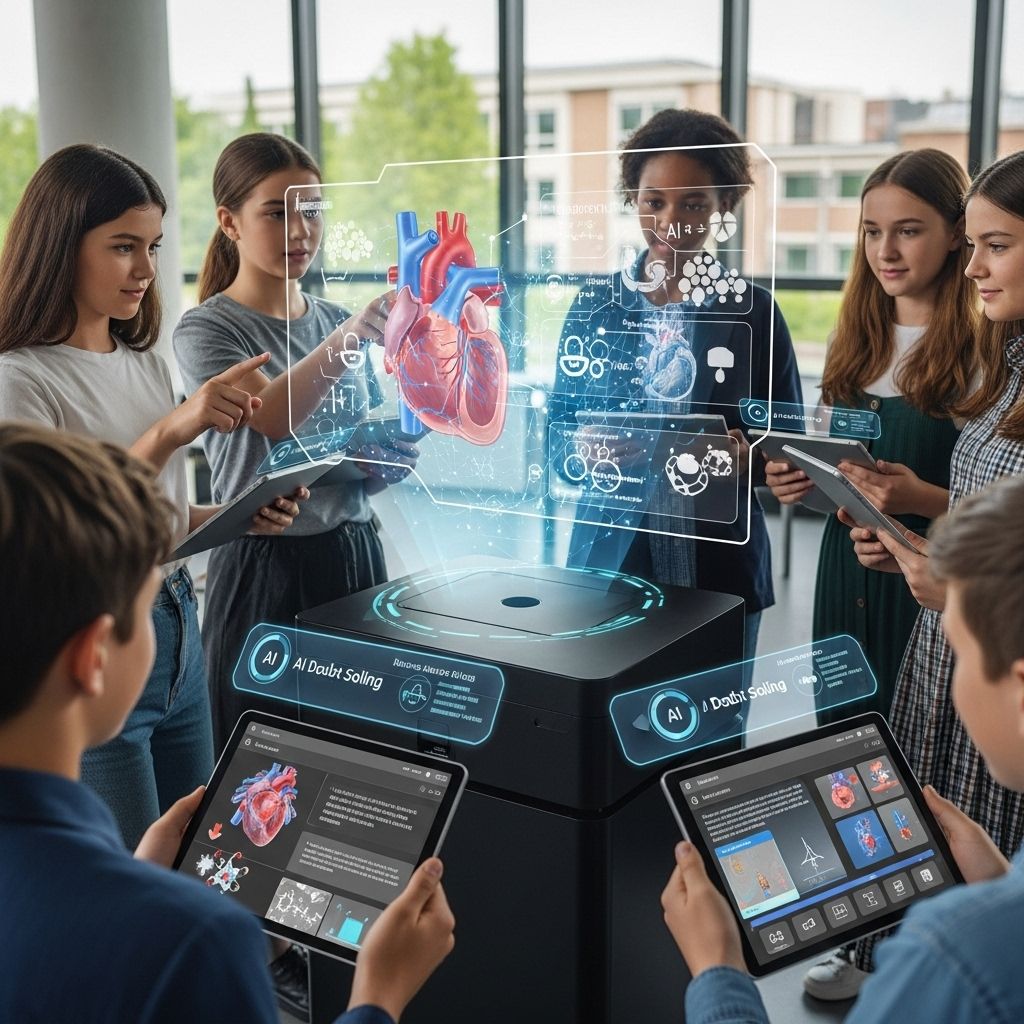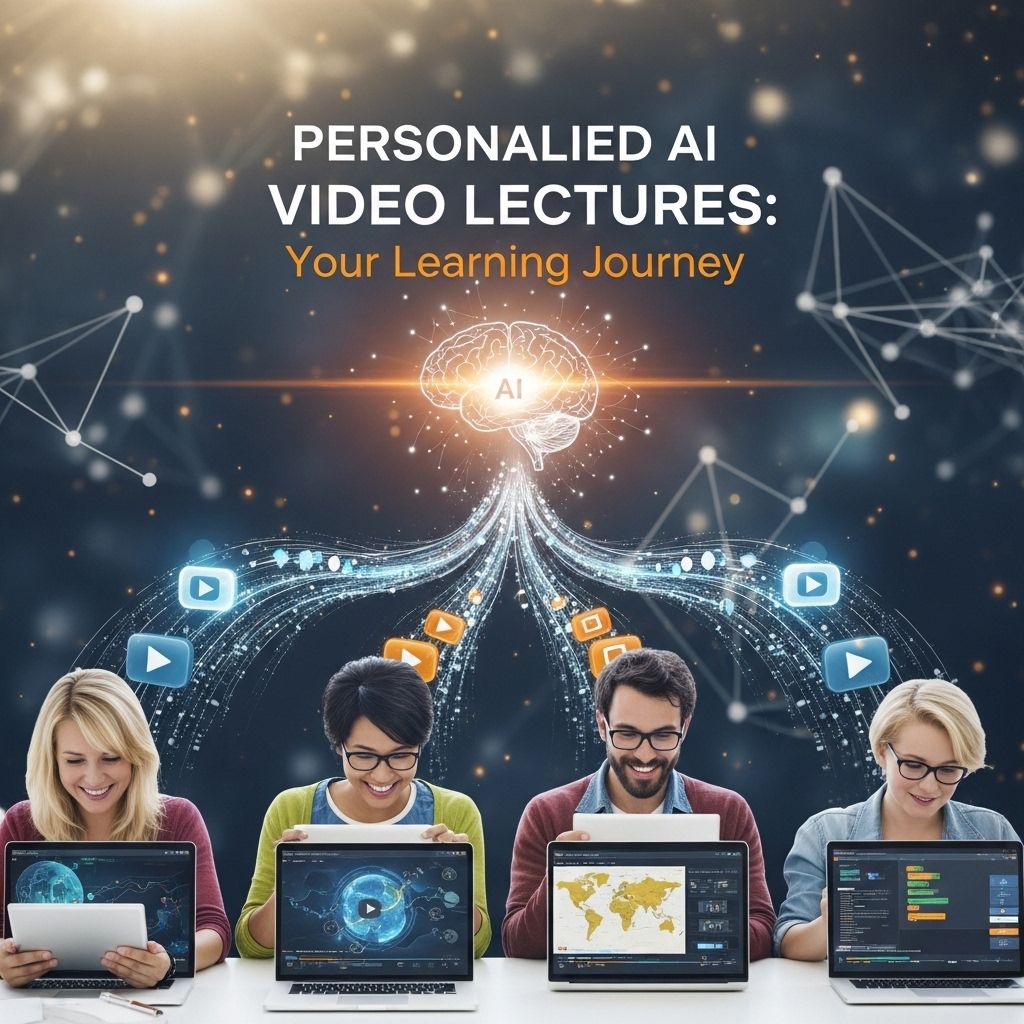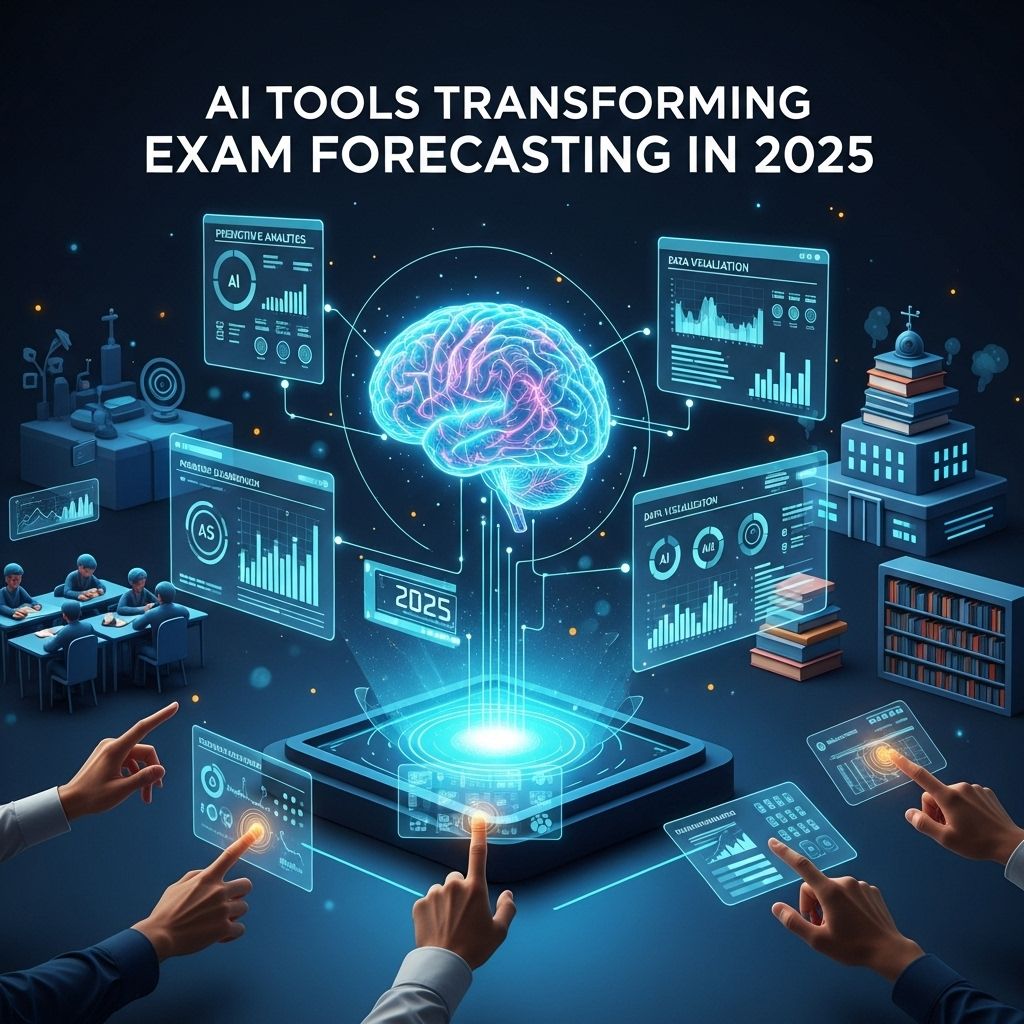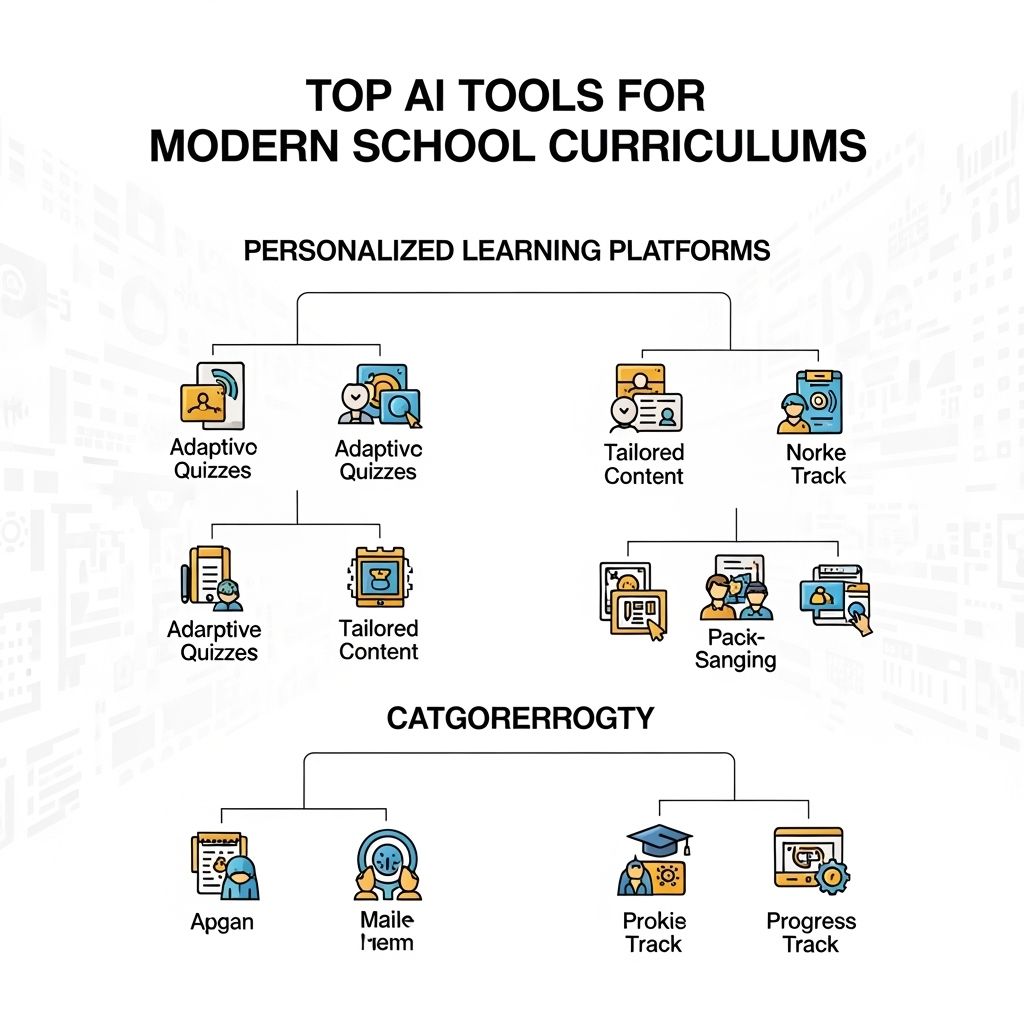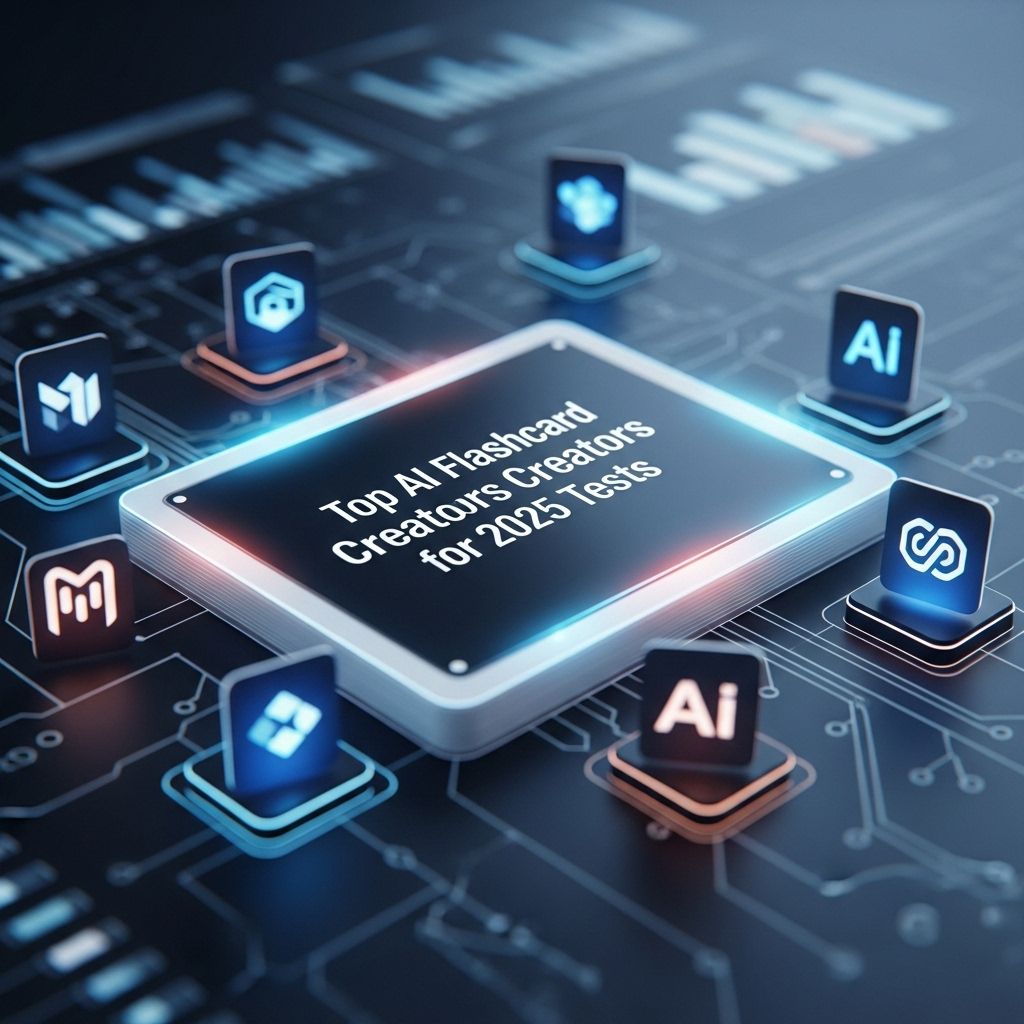Boost Learning with AI Teachers’ Assistants in 2025
Explore how AI teachers' assistants are transforming education by enhancing learning experiences and supporting educators in 2025.
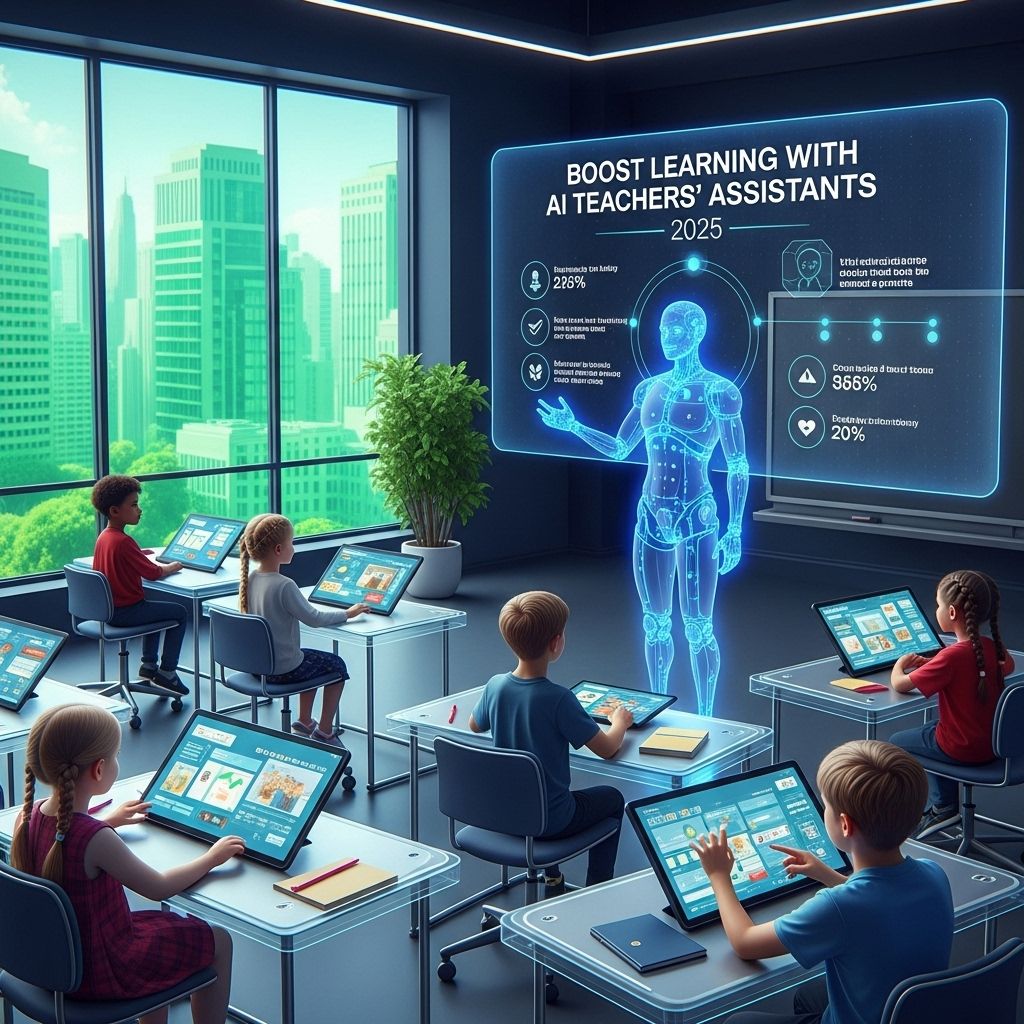
In the ever-evolving landscape of education, the integration of technology has become a pivotal factor in enhancing learning experiences. As we approach 2025, the role of Artificial Intelligence (AI) in educational settings is poised for a significant transformation. One of the most promising applications of AI is in the form of Teacher’s Assistants. These intelligent systems are designed to support educators in various capacities, ultimately boosting student learning outcomes and engagement.
Table of Contents
The Role of AI in Modern Education
AI has already begun to permeate various aspects of education, offering innovative solutions that cater to the needs of both students and educators. By leveraging advanced algorithms, machine learning, and data analysis, AI can provide personalized learning experiences, streamline administrative tasks, and facilitate better communication between teachers and students.
Personalized Learning Experiences
One of the most significant advantages of integrating AI into the classroom is its ability to offer tailored educational experiences. Here are some ways AI achieves this:
- Adaptive Learning: AI systems can assess a student’s learning style, preferences, and pace, adjusting the educational content accordingly.
- Real-Time Feedback: Students receive immediate feedback on their performance, allowing them to improve in real time.
- Customized Study Plans: AI can create individualized study schedules that align with a student’s strengths and areas needing improvement.
Enhancing Teacher Efficiency
Teachers often find themselves overwhelmed with administrative tasks that limit their time for direct student interaction. AI Teacher’s Assistants can alleviate this burden by automating various processes, including:
Administrative Support
AI can help with:
- Grading: Automating grading for quizzes and tests, particularly in multiple-choice or fill-in-the-blank formats.
- Attendance Tracking: Utilizing facial recognition or digital check-ins to streamline attendance.
- Data Management: Organizing student data for easier access and analysis.
Communication Facilitation
AI can also enhance communication between teachers, students, and parents by:
- Chatbots: Implementing AI-driven chatbots that answer common queries from students and parents.
- Progress Reports: Automatically generating reports on student performance and behavior.
Empowering Students with AI Tools
AI Teacher’s Assistants do more than support educators; they also empower students by providing them with tools that enhance their learning experience. Some of these tools include:
Interactive Learning Platforms
Students can engage with AI-powered platforms that offer:
- Interactive Quizzes: Engaging quizzes that adapt in difficulty based on the student’s performance.
- Virtual Tutors: AI tutors available for extra help outside of classroom hours.
Gamification of Learning
Many AI systems incorporate gamification to make learning more engaging:
| Gamification Element | Description |
|---|---|
| Points and Badges | Students earn points and badges for completing tasks and mastering skills. |
| Leaderboards | Encouraging friendly competition among students. |
| Story-Based Learning | Incorporating narratives to make educational content more relatable. |
The Future of AI-Assisted Education
As we look toward 2025, the potential for AI Teacher’s Assistants in education is vast. With continued advancements in machine learning and natural language processing, we can expect to see:
Improved Interaction
Future AI systems will likely facilitate more natural and intuitive interactions between students and machines, allowing for:
- Voice Recognition: Students interacting with AI using natural language.
- Emotional Intelligence: AI systems recognizing and adapting to students’ emotional cues.
Increased Accessibility
AI’s role in promoting inclusivity will expand, making education more accessible to all:
- Language Translation: Real-time translation services for non-native language speakers.
- Learning Aids: Tools tailored for students with disabilities.
Challenges and Considerations
While the benefits of AI in education are substantial, there are also challenges that must be addressed:
Data Privacy and Security
With the increased use of AI comes the responsibility of safeguarding student data. Educators and institutions must ensure:
- Compliance: Adherence to data protection laws and regulations.
- Transparency: Clarity on data usage and storage practices.
Teacher Training
For successful integration, teachers need adequate training in using AI systems:
- Professional Development: Ongoing training programs to familiarize educators with AI tools.
- Support Networks: Establishing communities for teachers to share experiences and strategies.
Conclusion
As we advance towards 2025, the adoption of AI Teacher’s Assistants presents a transformative opportunity in education. By enhancing personalized learning, improving teacher efficiency, and empowering students with innovative tools, AI has the potential to unlock new avenues for academic success. However, it is essential to approach this transition thoughtfully, addressing challenges while harnessing the vast possibilities that AI has to offer.
FAQ
What are AI teachers’ assistants?
AI teachers’ assistants are advanced software programs designed to support educators in managing classroom tasks, providing personalized learning experiences, and enhancing student engagement.
How can AI teachers’ assistants improve student learning?
AI teachers’ assistants can analyze student performance data, offer tailored resources, and provide real-time feedback, fostering a more effective and personalized learning environment.
What features should I look for in an AI teachers’ assistant?
Key features to look for include adaptive learning capabilities, communication tools, data analytics, and integration with existing educational platforms.
Are AI teachers’ assistants suitable for all educational levels?
Yes, AI teachers’ assistants can be tailored to fit various educational levels, from elementary schools to higher education, enhancing the learning experience across the board.
What challenges do schools face when implementing AI teachers’ assistants?
Challenges may include budget constraints, the need for teacher training, data privacy concerns, and integrating the technology with existing curricula.
What is the future of AI in education by 2025?
By 2025, AI is expected to play a pivotal role in education, with more personalized learning experiences, improved accessibility, and enhanced administrative efficiency.

